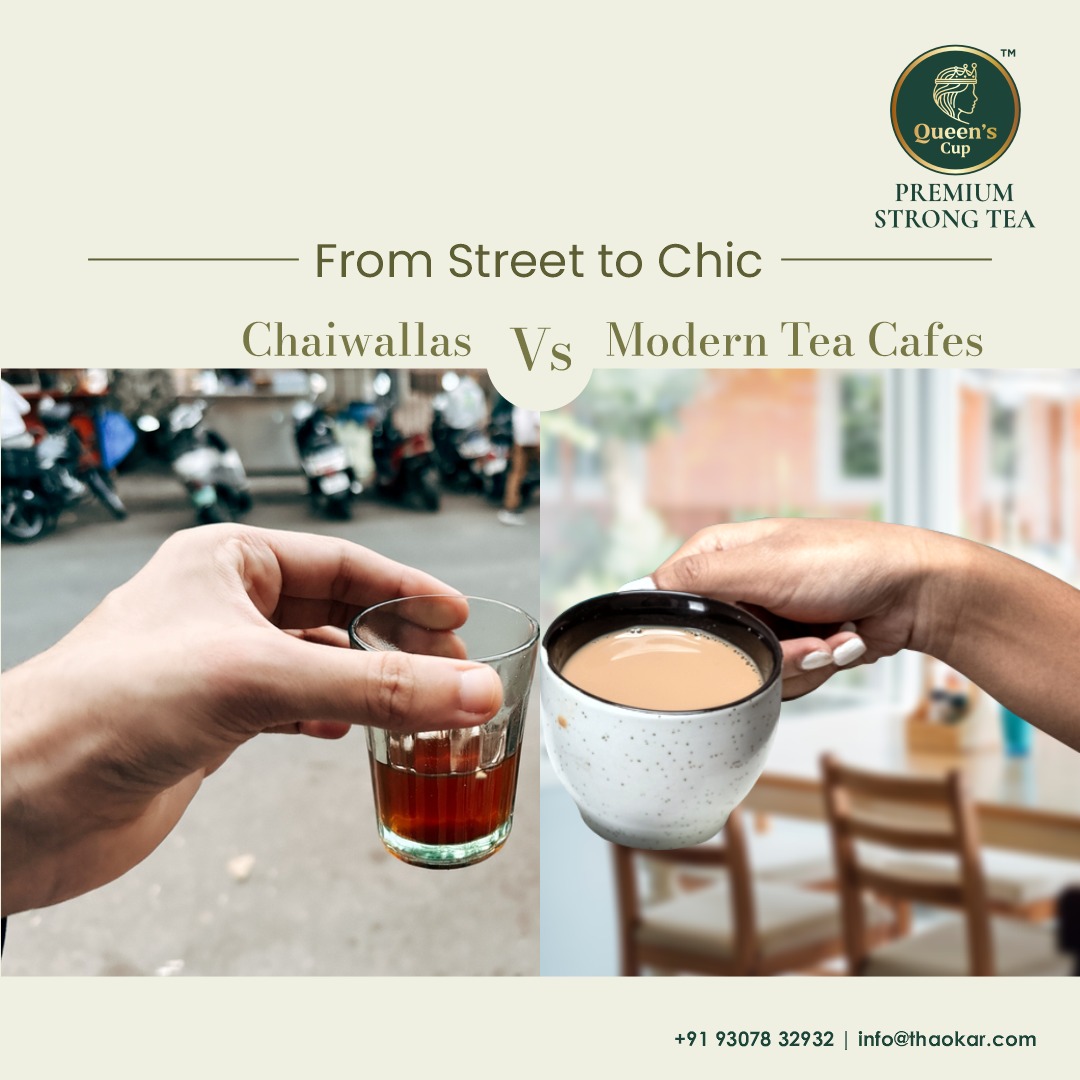Tea is more than just a beverage; it’s a cultural cornerstone in many parts of the world, particularly in India. The rich history of tea in India is intertwined with the daily lives of its people, where the humble chaiwalla and the modern tea café both play significant roles. This article delves into the evolution of tea culture in India, contrasting the traditional charm of chaiwallas with the chic sophistication of modern tea cafes.
The Charm of Chaiwallas
A Legacy of Tradition
Chaiwallas, or street tea vendors, are a ubiquitous presence on Indian streets. Their small stalls or carts are often bustling with activity, serving up hot, aromatic tea to a diverse clientele. The chai they serve is typically brewed with strong black tea leaves, milk, sugar, and a blend of spices, known as masala chai. Each chaiwalla has their unique recipe, passed down through generations, making every cup a signature experience.
Social Hubs
Chaiwallas are not just about tea; they are social hubs where people gather to catch up, discuss politics, and share stories. The simplicity and accessibility of these stalls make them an integral part of daily life. Whether it’s early morning commuters or late-night workers, the chaiwalla is always there, offering a comforting cup of tea and a moment of respite.
Affordability and Accessibility
One of the key reasons for the enduring popularity of chaiwallas is affordability. A cup of chai from a street vendor costs a fraction of what one would pay at a modern tea café, making it accessible to everyone, regardless of their economic status. This democratization of tea consumption has cemented the chaiwalla’s place in Indian society.
The Rise of Modern Tea Cafes
A Blend of Tradition and Innovation
In contrast to the rustic charm of chaiwallas, modern tea cafes bring a touch of sophistication to tea drinking. These establishments blend tradition with innovation, offering a wide array of tea varieties, including herbal teas, green teas, and artisanal blends. They often source high-quality ingredients and emphasize the health benefits of tea, catering to a more health-conscious and cosmopolitan clientele.
The Experience Factor
Modern tea cafes focus on the overall experience, providing a comfortable and stylish environment for customers. The ambiance, often with cozy seating, tasteful décor, and Wi-Fi, encourages patrons to linger, work, or socialize. These cafes are designed to be more than just places to drink tea; they are destinations for relaxation and socialization.
Culinary Delights
Alongside an extensive tea menu, modern tea cafes often offer a selection of gourmet snacks and desserts. From tea-infused pastries to elaborate sandwiches, these culinary offerings complement the tea, making the experience more luxurious and indulgent.
A Cultural Evolution
Coexistence of Tradition and Modernity
The coexistence of chaiwallas and modern tea cafes reflects a broader cultural evolution in India. While chaiwallas represent the timeless, unpretentious side of Indian tea culture, modern tea cafes signify a shift towards a more globalized and upscale tea-drinking experience. This duality allows for a rich and diverse tea culture that caters to different tastes and preferences.
Economic and Social Impact
The rise of modern tea cafes has also had an economic and social impact. They provide employment opportunities, promote local tea estates, and contribute to the urban economy. On the other hand, chaiwallas continue to support local communities by providing affordable tea and fostering social interactions.
Conclusion
From the bustling streets to chic urban locales, the tea culture in India is a fascinating blend of tradition and modernity. Chaiwallas and modern tea cafes each offer unique experiences, enriching the country’s tea landscape. Whether you prefer the robust, spiced chai from a street vendor or the refined, artisanal brews of a tea café, there’s no denying that tea remains an integral part of Indian life, bridging the gap between the old and the new.
Explore the rich tapestry of India’s tea culture, and you’ll find that every cup tells a story, be it from the hands of a humble chaiwalla or a trendy tea café barista.



Leave a Reply